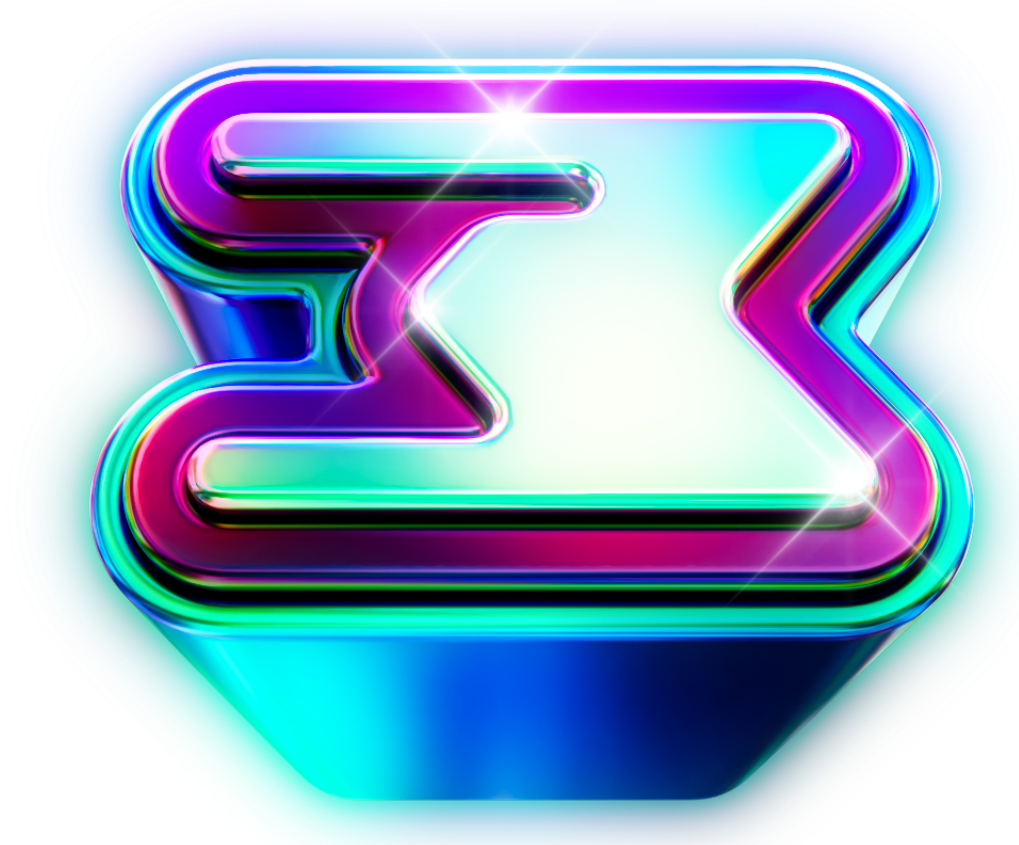Ever thought about how the internet has changed over time? Let’s explore the journey from Web2 to Web3 and see how the internet has evolved!
The internet keeps getting better and different, and two important stages, Web2 and Web3, play big roles in this change. If you’re curious about how the internet has transformed and what’s new in Web3, you’re in the right place.
Overview:
Understanding Web2
Web2, also known as the second generation of the internet, brought about a paradigm shift in the way we interacted with online platforms. It marked the transition from static web pages to dynamic, user-centric experiences. Web2 introduced social media, e-commerce, and various collaborative platforms that empowered users to create, share, and consume content on a massive scale.
Characteristics of Web2
1. User-generated content: Web2 platforms enabled users to generate and share their content, fostering a sense of community and engagement.
2. Social networking: Social media platforms like Facebook, Twitter, and LinkedIn became integral parts of our daily lives, connecting people across the globe.
3. E-commerce: Web2 facilitated the rise of online marketplaces, allowing businesses to sell products and services directly to consumers.
4. Mobile apps: The advent of smartphones and mobile applications revolutionized the way we access and interact with the internet.
5. Data-driven personalization: Web2 platforms leveraged user data to provide personalized recommendations, enhancing the overall user experience.
The Rise of Web3
Web3 represents the next phase in the evolution of the internet, characterized by decentralization, blockchain technology, and user sovereignty. It aims to address the limitations and concerns associated with Web2, such as data privacy, censorship, and control by centralized entities.
Key Features of Web3
1. Decentralization: Web3 platforms are built on decentralized networks, eliminating the need for intermediaries and enabling direct peer-to-peer interactions.
2. Blockchain technology: The integration of blockchain technology ensures transparency, immutability, and security of data, transactions, and smart contracts.
3. Cryptocurrencies: Web3 embraces cryptocurrencies as a means of value exchange, enabling frictionless transactions and new economic models.
4. User sovereignty: Web3 empowers users to have full control over their data, allowing them to choose how and where their information is shared.
5. Interoperability: Web3 aims to create a seamless experience across different platforms, enabling data and assets to be shared and utilized across various applications.
Read: Web3 Applications: The Future of the Internet?
Web2 vs Web3: A Comparative Analysis
Now that we have a clear understanding of Web2 and Web3, let’s compare them across various dimensions to gain insights into their strengths, weaknesses, and potential impact.
1. Data Ownership and Privacy
Web2: In the Web2 era, users often surrender their data to centralized platforms, raising concerns about privacy and data security. Companies collect and monetize user data, sometimes without explicit consent.
Web3: With Web3, users have full control over their data. Blockchain technology ensures data privacy and security, as personal information is stored in a decentralized manner. Users can choose to share data selectively and even monetize it directly.
2. Monetization and Economic Models
Web2: In Web2, monetization primarily relies on advertising revenue and centralized business models. Content creators often struggle to receive fair compensation for their work, as platforms retain a significant portion of the profits.
Web3: Web3 introduces new economic models through cryptocurrencies and tokenization. Content creators can be directly rewarded for their contributions, and users can participate in decentralized finance (DeFi) and governance systems, creating a more equitable ecosystem.
3. Censorship Resistance
Web2: Centralized platforms have the authority to censor or restrict content based on their policies or external pressures. This poses a threat to freedom of speech and expression.
Web3: Decentralization and blockchain technology make Web3 platforms resistant to censorship. Content remains accessible and immutable, ensuring that no single entity has the power to control or manipulate information.
4. Trust and Security
Web2: Trust in Web2 platforms relies on the reputation and security measures implemented by centralized entities. Users are vulnerable to data breaches and hacking attempts.
Web3: Trust in Web3 is built upon the transparency and security provided by blockchain technology. Smart contracts and decentralized networks eliminate the need for intermediaries, reducing the risk of fraud and enhancing security.
The Future of the Internet: Web3’s Potential
Web3 has the potential to revolutionize the internet as we know it. By decentralizing power, ensuring data privacy, and enabling new economic models, Web3 paves the way for a more inclusive and equitable digital landscape. However, several challenges need to be addressed before Web3 can reach its full potential.
Challenges and Considerations
1. Scalability: Web3 platforms must overcome scalability issues to handle a large number of users and transactions without compromising performance.
2. User Experience: Web3 should strive for a seamless user experience, making it accessible and intuitive for individuals with varying technical expertise.
3. Regulatory Frameworks: The regulatory landscape surrounding cryptocurrencies and blockchain technology needs to evolve to foster innovation while addressing concerns related to fraud, money laundering, and consumer protection.
4. Education and Awareness: To fully embrace Web3, users need to be educated about the benefits, risks, and technical aspects of decentralized platforms.
Conclusion
As we bid farewell to the era of Web2 and embark on the journey towards Web3, the internet continues to evolve, presenting new opportunities and challenges. Web3’s decentralized, user-centric, and secure nature has the potential to reshape industries, empower individuals, and redefine the way we interact with digital platforms.
By understanding the differences between Web2 and Web3, we can navigate this exciting transition and contribute to the development of a more decentralized and inclusive internet.





